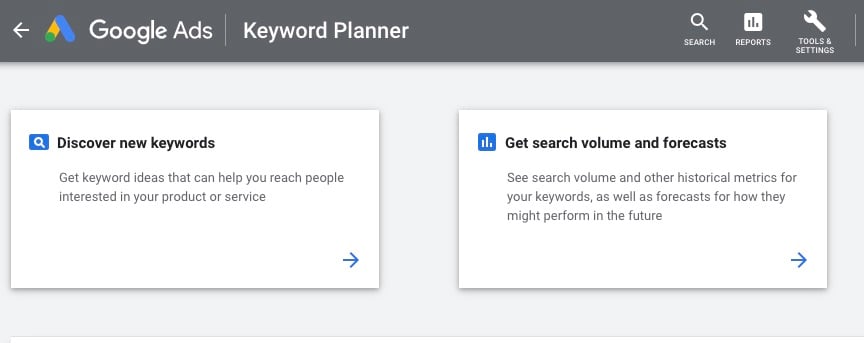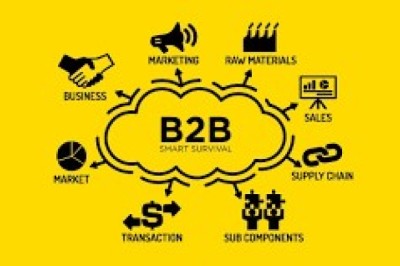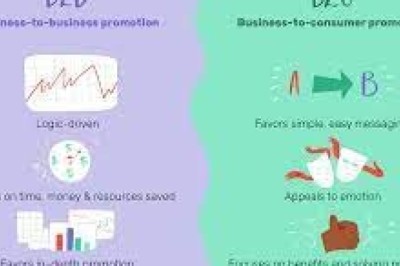1. Improve Title Tags
Look at your highest-level category pages. My research shows that ecommerce category pages should drive up to 32-percent more organic search traffic than product pages.
Sometimes a small, common-sense tweak to a title tag can make a big difference, especially if your ecommerce platform generates default titles based on the labels in your taxonomy and the site’s name. This can result in title tags such as “Women’s – [Your Site].”
Do your title tags make sense? Can you make them more specific or relevant? For example, adding “shoes” to the title tag above could be a common-sense tweak: “Women’s Shoes – [Your Site].”
2. Master Keyword Research
A sound SEO program relies on keyword research to:
- Know the words and phrases of real searchers,
- Determine which keywords to target,
- Gauge demand for your products.
Marketers tend to use the jargon of their industry and brand. Don’t assume that you know what consumers want and how they search — do the research.
The best keyword tools offer a demand score for each theme. Google Keyword Planner is the free, go-to keyword research tool, though you’ll need an active Google Ads campaign to access the most useful data.
Most other quantitative keyword tools require a paid subscription. But some still suggest keywords, for free, without providing data on popularity.

Google Ads Keyword Planner is a free research tool. You’ll need an active Google Ads campaign to access it, however.
3. Understand Your Competition
Identify your organic-search competitors — not necessarily the sites that sell exact products and services, but also informational sites and massive retailers that compete for the same phrases. Wikipedia, Vogue magazine, and Walmart are your competitors if they’re taking up room on the search results page. Ask yourself:
- What are they doing well in organic search?
- What content themes do they include that you don’t?
- How do they structure their site to target valuable keywords?
- How do they engage shoppers?
Also, study their reviews and social media activity to identify products or site info that could improve your own offerings and user experience.
4. Map Keywords
Knowing what consumers want and the search phrases they use, map keywords to each page on your site.
Create a spreadsheet of all critical pages in your site’s navigation and map unique primary and secondary keywords to each. Create new pages for unassigned high-value keywords.
Use long-tail keyword themes that drive fewer searches and are typically more specific — such as “how to get red wine out of carpet” or “ex9116 exalt 18v battery charger” — in blog posts, FAQ pages, and product pages.
5. Optimize Your Site
With your keyword map in-hand, the next step is implementing on-page SEO, including:
- Updating the content on the pages to include the keywords;
- Creating new pages (for unassigned keywords) with text and, potentially, graphics, audio, and video;
- Launching a new, keyword-rich section, such a blog or education portal.
Focus on the relevance of the textual elements of each page — the title tags, meta descriptions, headings, body content — to the keyword themes that searchers use.
6. Produce Regular Content
Create ongoing content tailored to your audience. You don’t have to kick out a new blog post or other content every day. That’s unrealistic for many ecommerce sites. Just publish unique content at least monthly, if not weekly. Consistency is key.
“Content” does not need to be only text. Use illustrations, product photos, how-to videos, or any other content that helps shoppers. Delivering value is vital. If the content doesn’t fill a need or engage your customers and prospects, you’ve wasted your time and theirs.
7. Boost Link Equity
Link equity is the quantity of high-quality, topically-relevant sites that link to yours. Link equity and contextual relevance are the top two organic ranking factors. Combined, link acquisition and content marketing increase your link equity naturally.
Content marketing for SEO involves creating, say, articles, videos, and podcasts that people want to share and link to. As the number of people exposed to the content increases, so does the potential for links.
Link acquisition, on the other hand, involves:
- Identifying high-value pages or sites that are topically relevant;
- Figuring out how to make your content valuable to that site owner; and
- Reaching out directly to request a link or an arrangement that would lead to a link, such as a guest post or interview.
Google advises site owners to build compelling websites that users want to tell their friends about. This content-engagement approach to SEO is Google’s answer to, “How do I get more links ethically?”
The keyword research in step 2, above, comes in handy as it provides an idea of the most influential and best-ranking sites to approach.
8. Build Your Social Media Network
Social media enables you to connect with your audience. Nurturing those relationships increases the exposure of your content and, thus, the likelihood that some will blog about it or link to it.
Consumer-facing businesses will likely find the most value in Facebook and Twitter. B2B companies usually focus on Twitter and LinkedIn, with Facebook in the mix as well.
If you have attractive images, add Instagram or Pinterest to the list. If you’re open to creating videos, definitely use YouTube.
9. Understand Analytics
You can’t optimize what you don’t measure. SEO requires a basic understanding of Google Analytics (or equivalent) to know which pages to optimize and which are performing strongly.
In Google Analytics, go to Acquisition > All Traffic > Channels. Click on “Organic Search” and then change the Primary Dimension to “Landing Page.” You can then analyze your SEO performance.
Beware of the “Keyword” dimension, though. No analytics program can accurately track which keywords referred organic search traffic to your site. Only the analytics for each search engine, such as Google Search Console’s Performance report, can do that.
10. Read SEO Posts
Study an SEO guide such as my “SEO How-to” series. Other helpful and free beginner SEO guides include Moz’s “The Beginner’s Guide to SEO,” Search Engine Land’s “Guide to SEO,” and Google’s “Search Engine Optimization Starter Guide.”
For quick updates on SEO changes, try two YouTube channels: Moz’s “Whiteboard Friday” and “Google Webmasters.”
Also, read trusted SEO blogs.
11. Ask Questions
If you are stuck, ask questions in one of the many SEO communities. Google’s Webmaster Forum is a helpful place to start. Participants include Google employees, SEO professionals, marketers, and developers. Other popular forums are WebmasterWorld Forum and Moz’s Q&A Forum. Facebook and LinkedIn also have SEO communities.
Twitter is a popular vehicle to ask the SEO community for advice. Make sure to include a hashtag such as #seo, #seoquestion to increase your chances of being seen by someone who can help.
Never forget, however, that there’s a lot of SEO misinformation. Try to vet the source.




















Facebook Conversations
Disqus Conversations